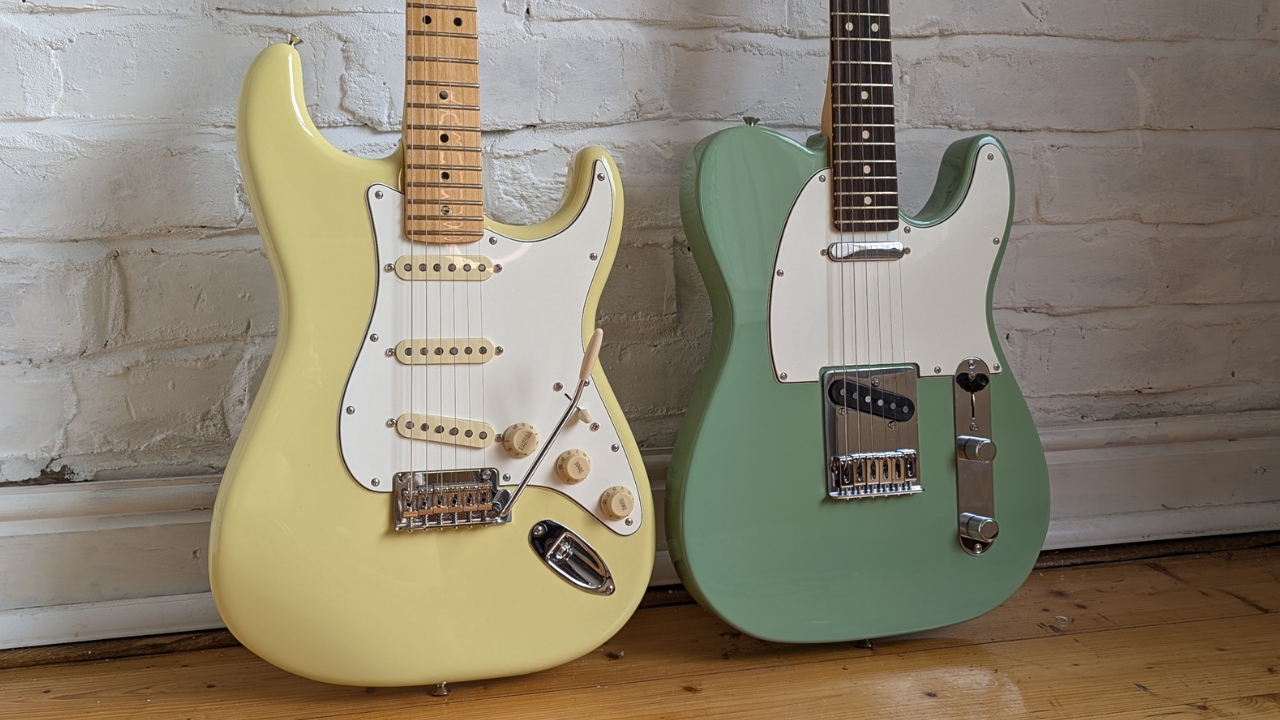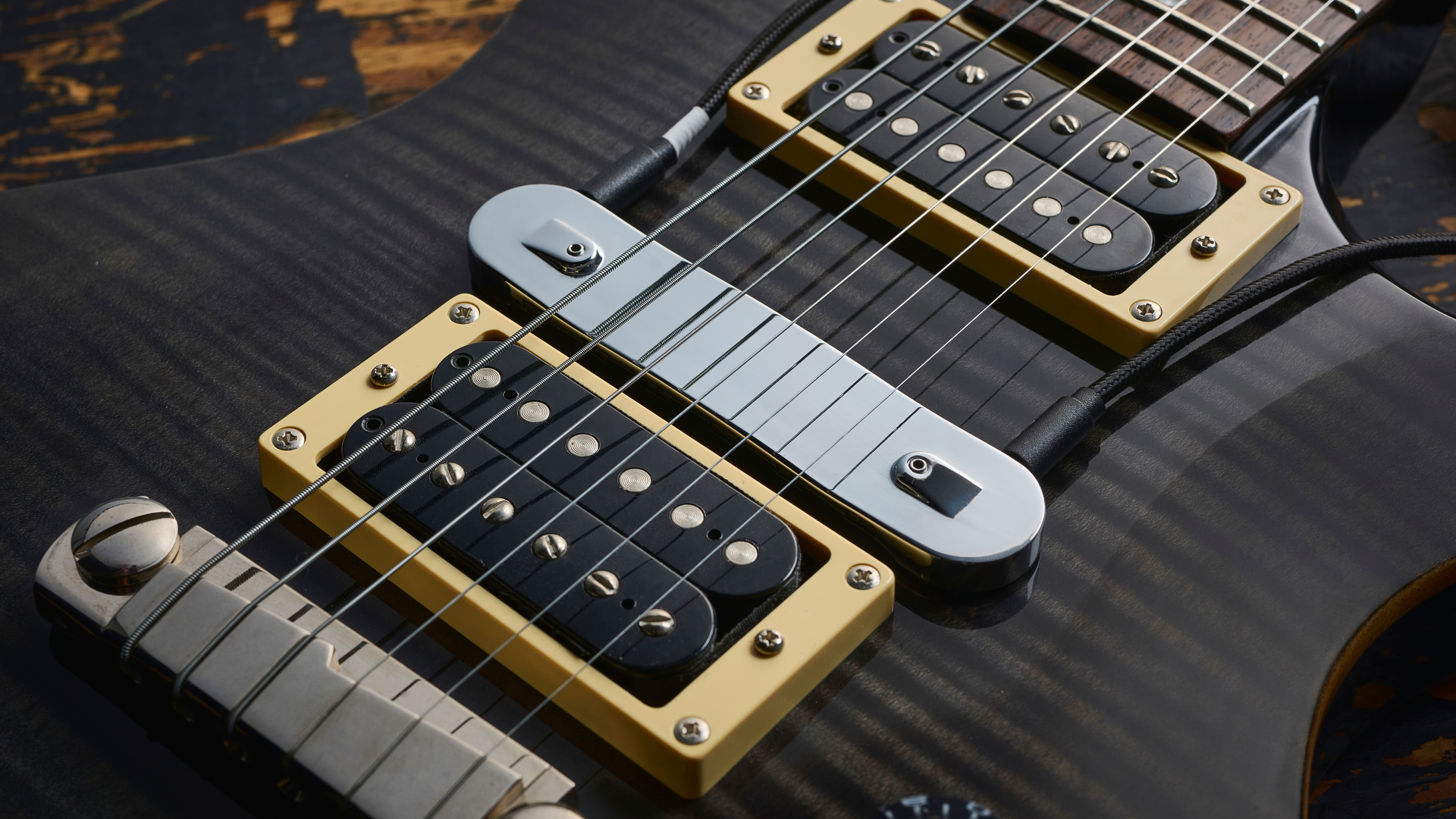Guitar World Verdict
Delivering all the classic sounds the Strat and Tele are renowned for, the Player II Series is the perfect way to get those golden-age guitar tones for less. With some deft modern touches, Player II nicely straddles the line between classic design and forward-thinking playability.
Pros
- +
Pickups deliver classic Strat and Tele tones
- +
Welcome return for Rosewood fretboards
- +
Modern ‘C’ neck gives effortless playability
- +
Some interesting new finishes
Cons
- -
Small QC issue with the nut on the Strat
- -
No gig bag included
You can trust Guitar World
Looking for huge savings on guitars and more? Take a look at our Black Friday guitar deals page for all the latest and greatest offers.
Originally coming out in 2018, the Fender Player Series rapidly became some of the big F’s best-selling electric guitars. The ability to have the proper Fender logo emblazoned upon your headstock was a huge selling point, giving a younger generation of guitar players the chance to finally emulate their own guitar heroes at a much more reasonable price point.
We got a sort of Player 1.5 update in the Player Plus Series that was released in 2021, which featured bold new colorways and more modern features like push-pull knobs, locking tuners, and rolled fretboard edges. For players who preferred their guitars of the more classic styling, they may have felt a little left out by this release. Now, we finally get our hands on the full-blown sequel in the Fender Player Series II Stratocaster & Telecaster.
The two most iconic instruments in Fender’s stable have some evolutionary upgrades on the cards that aren’t quite as drastic as those of the Player Plus, but certainly serve to push the boundary for the Player Series. With two such classic instruments, it's going to be a difficult task to appease those who want progression versus those who like their instruments as close to the originals as possible. Let’s see if Fender has found the Goldilocks zone of tone, looks, and playability.
Fender Player II Stratocaster & Telecaster review: Features
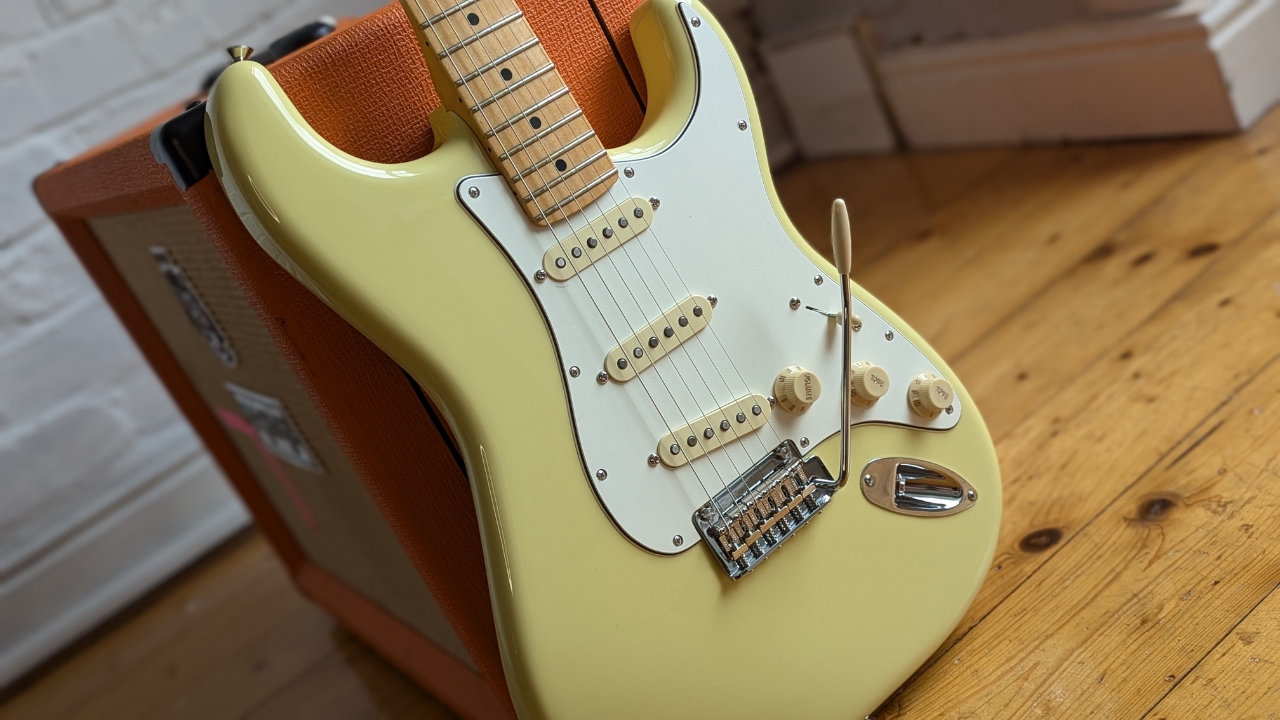
The Player II Stratocaster is very much vintage Strat, with a trio of Alnico V single coil pickups, a 9.5” radius Maple fretboard with rolled edges, and a 2-point synchronized tremolo with bent steel saddles. A contoured Alder body completes the setup alongside a set of ClassicGear tuning machines. It’s a far cry from the more modern offerings we’ve seen lately from the Player Series, and very much harking back to the classic instruments of the 50s and 60s.
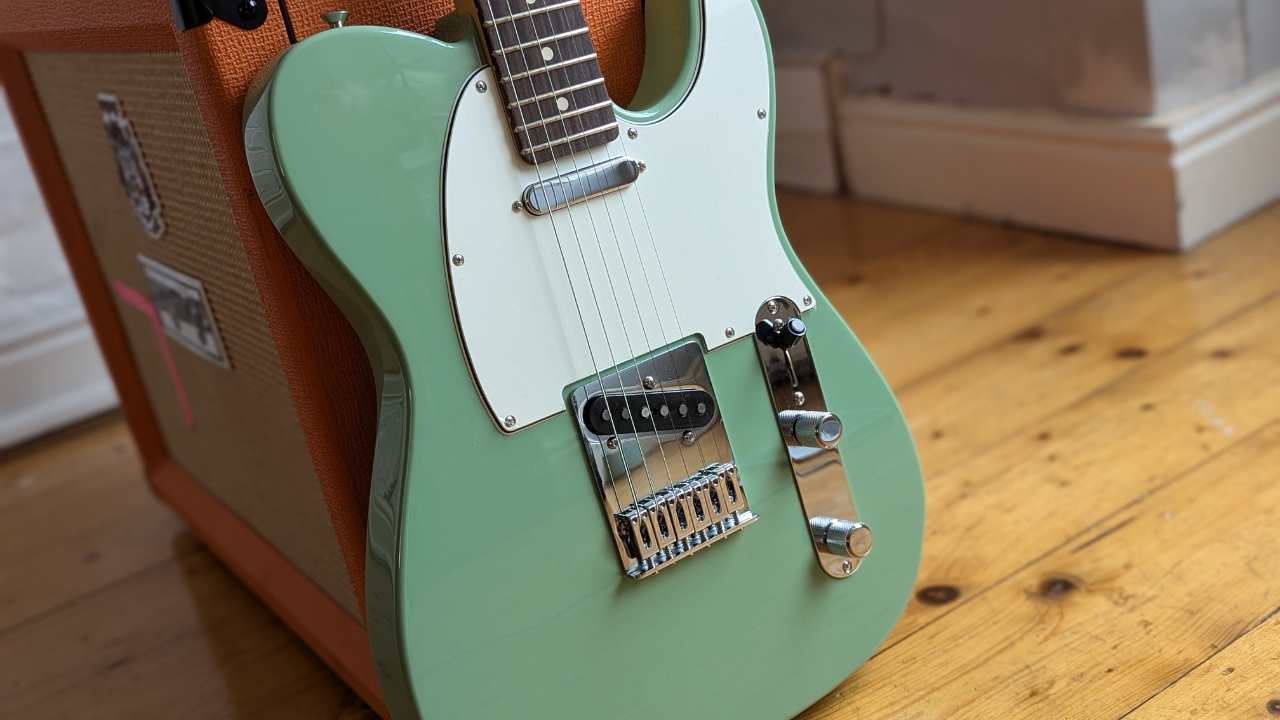
In the Player II Telecaster’s case, we also have an Alder body, this time with no contours. The 9.5” radius fretboard features the welcome return of Rosewood, replacing the lighter Pau Ferro we’ve been more accustomed to seeing lately. Again the pickups are Alnico V in a classic Tele lineup, although it does buck the vintage trend somewhat with a more modern 6-saddle string through body Tele bridge.
Fender Player II Stratocaster & Telecaster review: Playability
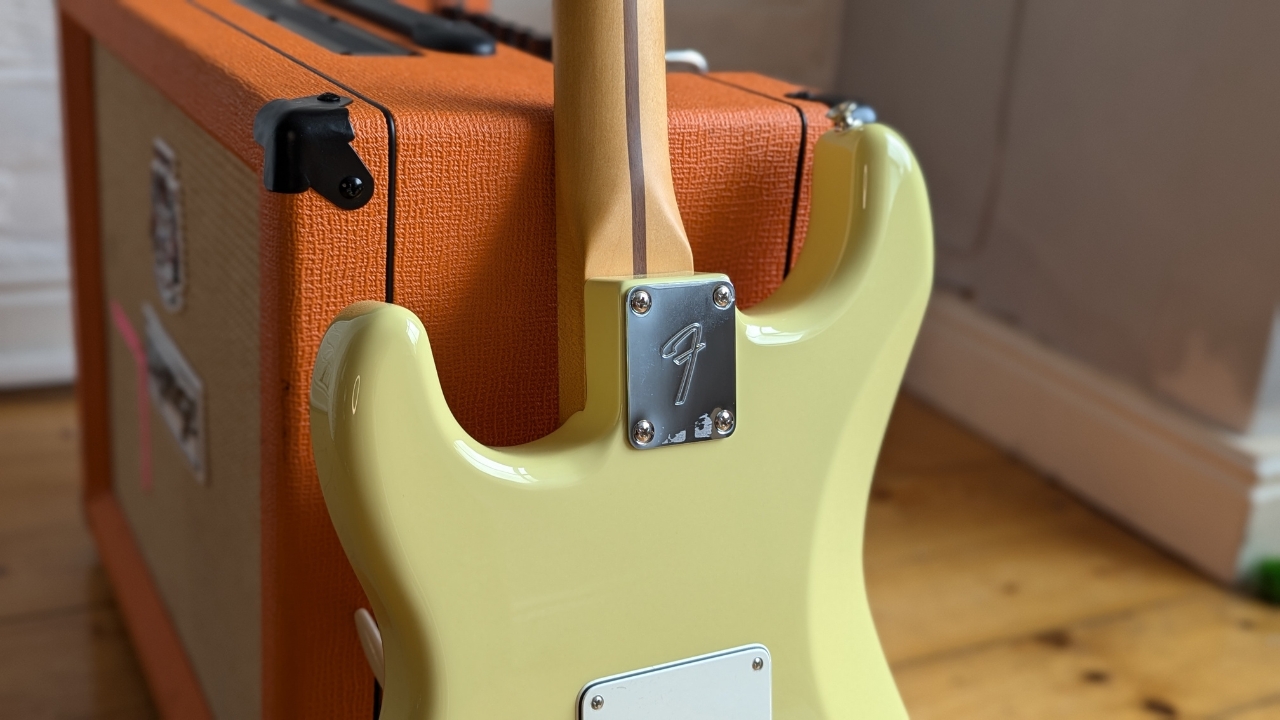
Getting started with the Player II Strat, there’s a nice weight to the contoured Alder body that’s reassuring. The Hialeah Yellow finish is really unusual too, almost Olympic White but with a sort of lemon-colored twist on it. At first, I wasn’t sure about it, but as I spent more time with it it really did grow on me. If you’re all about traditional finishes though, there’s plenty of choice in the full lineup.
Fender hasn’t played much with their modern ‘C’ neck profile, and this Strat has the same slinky playability experienced on the previous Player and Player Plus Series instruments. The maple fretboard has a nice grippy feel when bending the strings and combined with the neck profile provides an ultra-playable instrument that suits a variety of styles. Twenty-two frets add a touch of modernity to the instrument, and the medium jumbo sizing complements that offer easy bending and legato.
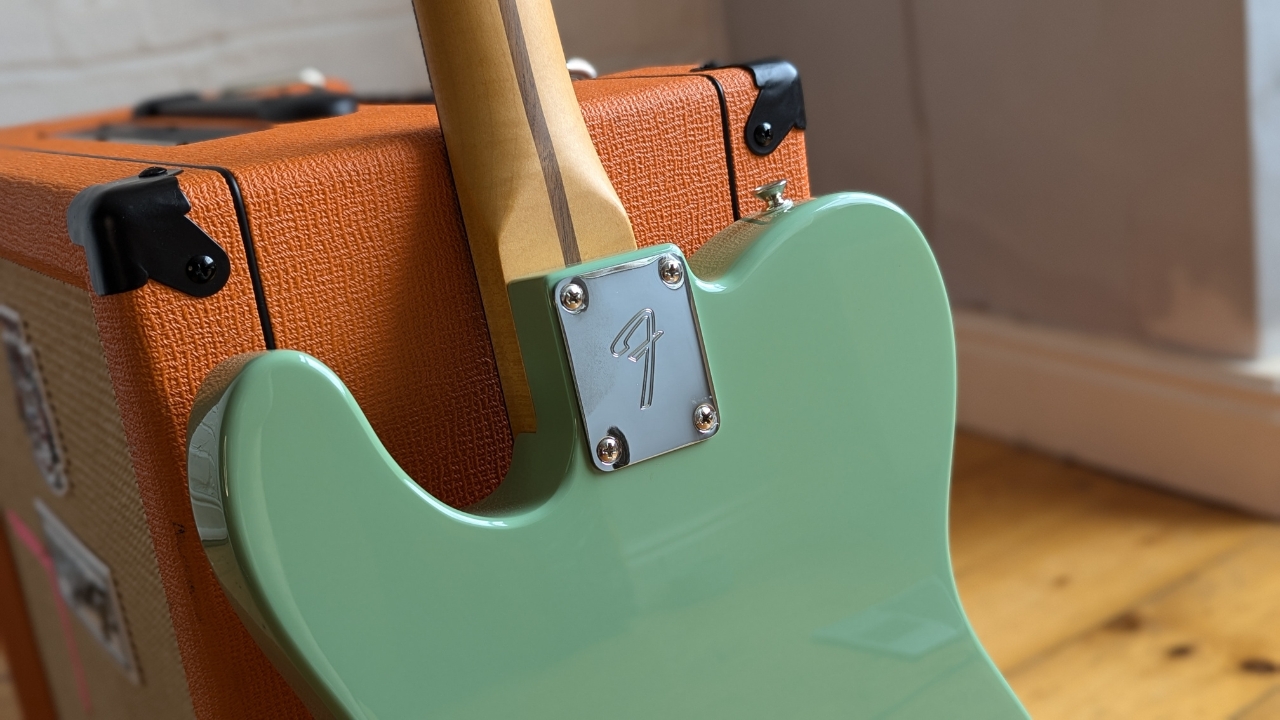
Meanwhile, the Telecaster is a bit lighter in weight than the Strat and is pure vintage styling with no contouring. It still feels comfortable even when playing for long sessions but if you’re not used to a contourless body, your forearm might take a while to get used to it. As with the Strat, the Tele has an unusual Birch Green finish, darker than a Seafoam or Surf Green but still not quite into Sherwood Green territory.
The fretboard sees the welcome return of Rosewood, replacing Pau Ferro from the previous iteration. If we’re totally honest, there isn’t that much difference in terms of feel between a Pau Ferro and a Rosewood ‘board, but the Rosewood looks nicer to our eye with its darker visual tones. Again it has twenty-two frets, and upper fret access is really good despite the rather chunky neck heel.
Fender Player II Stratocaster & Telecaster review: Sounds
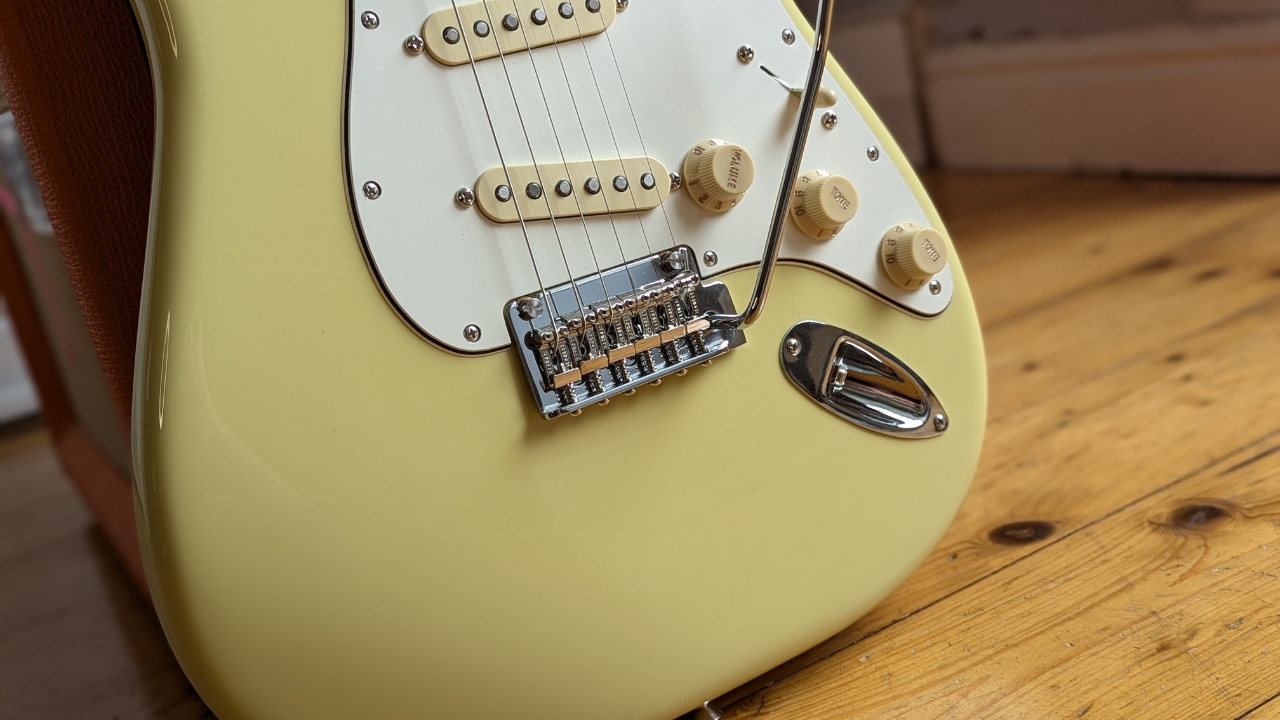
Plugging the Strat into my Orange tube combo, the clean setting is pure vintage tones. Position 2 gets you some supreme surf sounds when paired with the 2-point tremolo, a spring reverb, and some double harmonic scale picking. The bridge position delivers Strat bite and can get pretty aggressive when you start adding overdrive and distortion, although it’s not quite forceful enough to move into high-gain territory. Moving to the other end the neck delivers a lovely and warm tone that’s still articulate, great for delay and distortion-tinged lead licks and cleaner funk tones.
While playing I did notice that the high E string of the Strat doesn’t quite ring true. After some further investigation, I discovered it was down to the nut not quite being cut properly, which meant it was getting choked out. It’s a small QC issue, easily remedied with a nut file and some gentle work, but a reminder perhaps that not all of Fender’s QC issues have been ironed out.
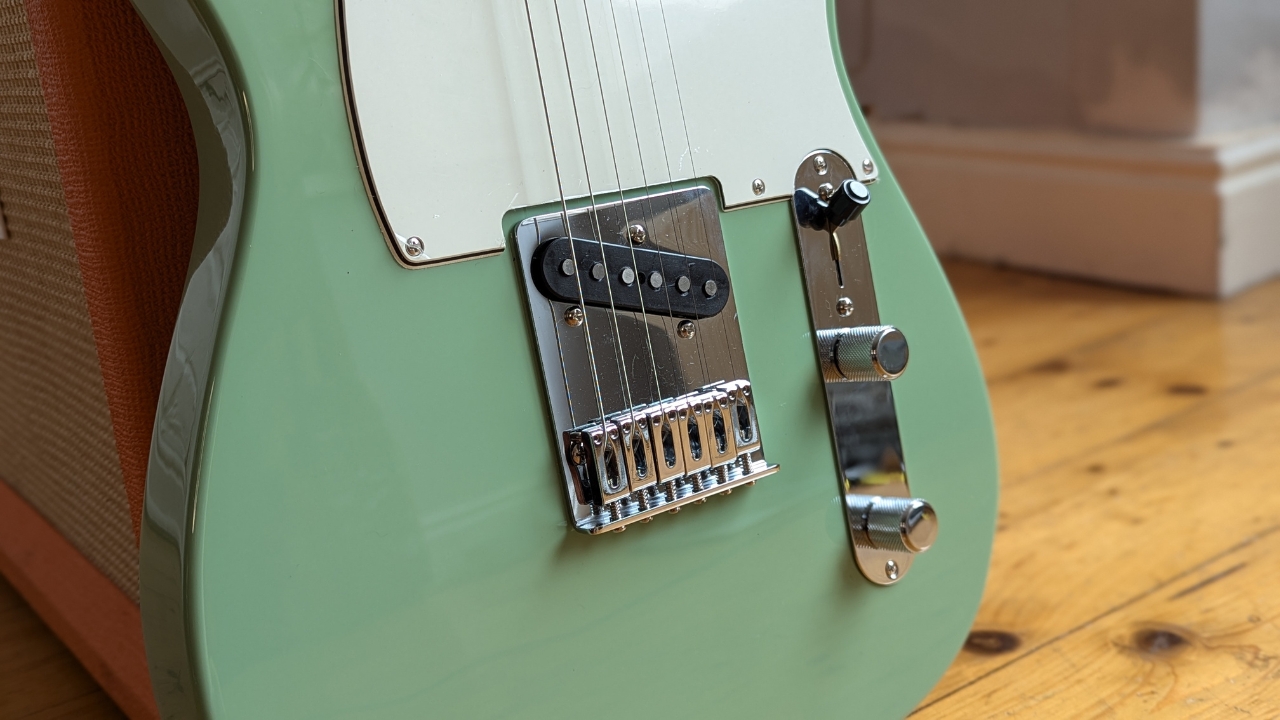
Switching to the Telecaster, it’s every bit the versatile workhorse you’d expect it to be. It’s juxtaposition of an ultra-bright bridge pickup and dark wooly neck tone delivers all that classic Tele twang and girthy warmth. It’s more aggressive than the Strat, taking to distortion and overdrive a little bit more readily. Switching to the neck with the overdrive channel of my amp gave me plenty of encouragement to try some Tom Morello-esque riffing, as well as punkier power chords and some discordant hardcore open strings.
Both sets of pickups deliver lovely articulation across all the strings and whilst neither will go all the way to all-out metal, they’re both versatile enough to satisfy the vast majority of players out there. If you love classic Fender tones then you’ll find plenty to love, but they can definitely be more modern and aggressive too, particularly with the Telecaster.
Fender Player II Stratocaster & Telecaster review: Verdict
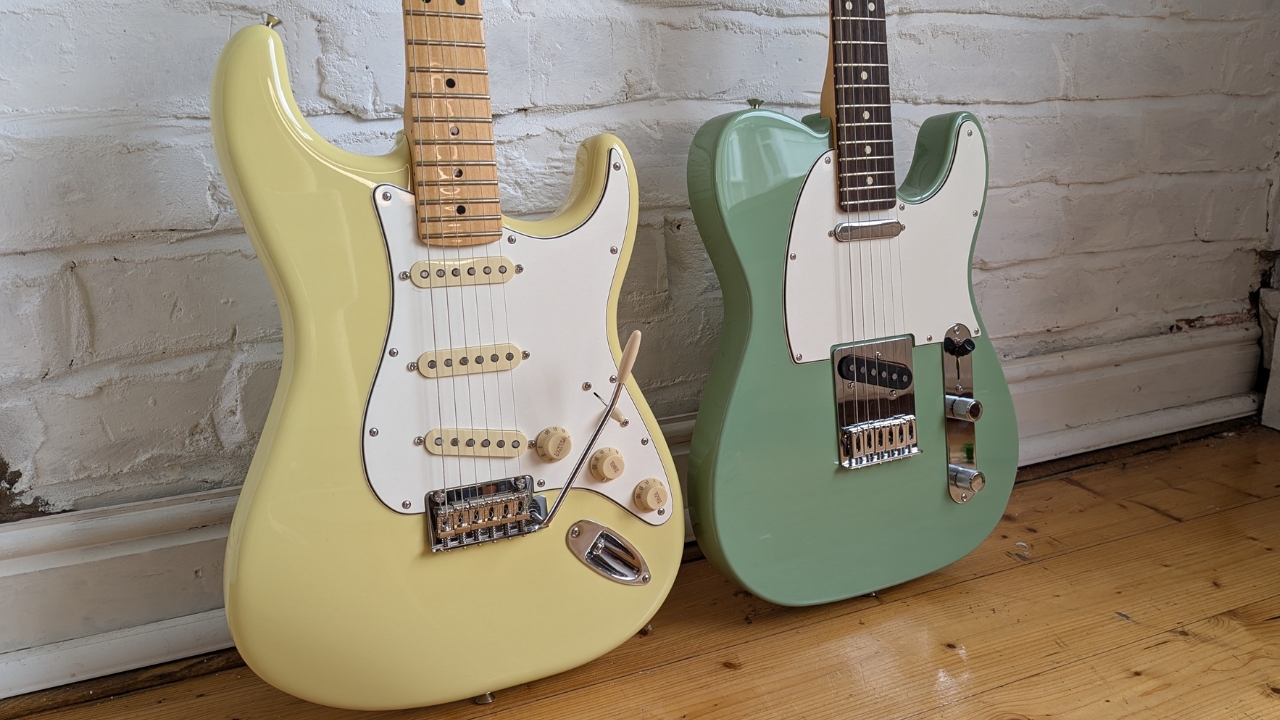
As you might expect, Fender hasn’t exactly tried to reinvent the wheel here and with two such iconic guitars, it’s not like we’d expect them to. What you do get with the Player II Stratocaster and Telecaster is two stone-cold classics that provide effortless playability, and iconic guitar tones at a pretty reasonable price. There’s not much here for those who are after forward-thinking technology in their guitars. If you like your styling and tone similar to that of the golden age of guitars though, then Player II is one of the most accessible routes available for guitarists today.
Fender Player II Stratocaster & Telecaster review: Specs
Fender Player II Stratocaster
- Price: $799.99-899.99 / £739-809
- Body: Alder
- Neck: Maple
- Neck profile: Modern 'C'
- Scale length: 25.5”
- Nut width:
- Fingerboard: Maple
- Radius: 9.5"
- Frets: 22
- Hardware: 2-point Synchronized Tremolo with Bent Steel Saddles, ClassicGear Tuning Machines
- Electrics: 3x Player Series Alnico V Single-Coil Stratocaster, 5-way pickup selector
- Weight:
- Left-handed: Yes
- Gig bag: No
- Contact: Fender
Fender Player II Telecaster
- Price: $799.99-899.99 / £739-809
- Body: Alder
- Neck: Maple
- Neck profile: Modern 'C'
- Scale length: 25.5”
- Fingerboard: Rosewood
- Radius: 9.5"
- Frets: 22
- Hardware: 6-Saddle String-Through-Body Telecaster Bridge with Block Steel Saddles, ClassicGear Tuning Machines
- Electrics: 2x Player Series Alnico V Single-Coil Telecaster, 3-way pickup selector
- Left-handed: Yes
- Gig bag: No
- Contact: Fender

Matt is a Junior Deals Writer here at Guitar World. He regularly tests and reviews music gear with a focus on guitars, amps, pedals, modelers, and pretty much anything else guitar-related. Matt worked in music retail for 5 years at Dawsons Music and Northwest Guitars and has written for various music sites including MusicRadar, Guitar Player, Guitar.com, Ultimate Guitar, and Thomann’s t.blog. A regularly gigging guitarist with over 20 years of experience playing live and writing and recording in bands, he's performed everything from jazz to djent, gigging all over the country in more dingy venues than you can shake a drop-tuned guitar at.
“What blew me away was that everyone wanted the curly maple top. People were calling, saying, ‘I’ve got to have the bird inlays’”: Paul Reed Smith on raising the Standard 24, finally cracking the noise-free guitar and why John Sykes is a tone hero
“It combines unique aesthetics with modern playability and impressive tone, creating a Firebird unlike any I’ve had the pleasure of playing before”: Gibson Firebird Platypus review
